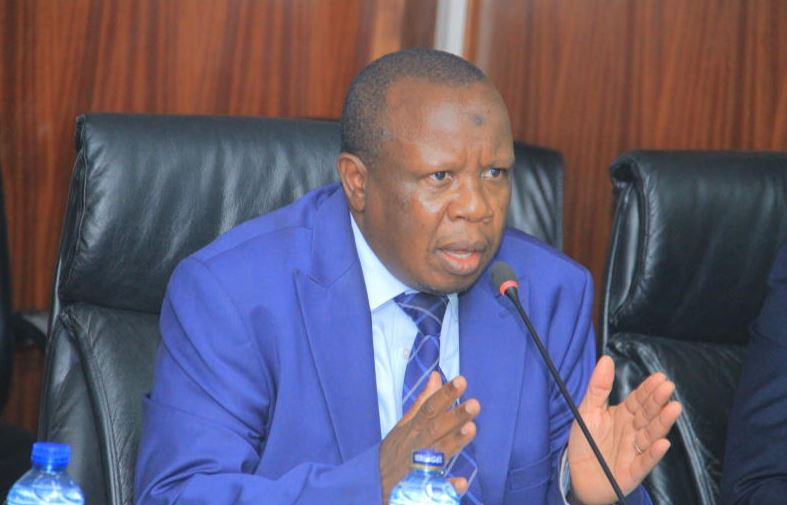Geothermal Dominates Kenya's Energy Mix Despite Declining Output

Geothermal Energy Leads Kenya's Power Mix Amidst Rising Demand
Nairobi, August 14, 2024 – Geothermal energy continues to be a cornerstone of Kenya's electricity supply, contributing over 26% of the nation's installed electricity capacity. This was highlighted during the appearance of Geothermal Development Company (GDC) MD Paul Ngugi before the Public Investments Committee on Commercial Affairs & Energy at Continental House, Parliament Buildings, Nairobi, as reported by the Standard.
According to the Energy and Petroleum Regulatory Authority (Epra)'s biannual energy sector report for the 2024–25 financial year, geothermal sources generated 2,875.33 gigawatt-hours (GWh), positioning it ahead of hydro and thermal power, which accounted for 24% and 17% respectively. Despite its leading role, there was a noted decrease in geothermal energy generation compared to the previous year.
“The decline can be attributed to the shutdown of the 45 megawatt (MW) Olkaria I power plant for rehabilitation and an increase in electricity imports from Ethiopia,” the report stated.
Solar photovoltaic systems and wind generation contributed 13.43% and 12.07% respectively to the total installed capacity. Captive power capacity, predominantly comprising biomass, solar, and hydro, stood at 574.6MW as of December 2024, making up 15.04% of the country's total installed capacity.
The Epra report also indicated a substantial rise in electricity imports, increasing from 419.13GWh in the first half of the financial year 2023-24 to 751.95GWh in the corresponding period of 2024-2025. “The imports accounted for 10.41 percent of the total electrical energy in the current period, up from 6.16 percent in a similar period in the previous financial year,” Epra noted.
Kenya's energy sector experienced a peak demand of 2,288.35MW on October 29, 2024, an increase of 117.79MW from the 2,170.56MW recorded in the same period the previous year. “This growth is attributed to organic load increases, a rise in new connections and improvements in transmission infrastructure,” the report explained.
In terms of electricity access, 194,654 new customers were connected to the grid between July and December 2024, bringing the cumulative number of grid-connected customers to 9,852,423. However, this reflects a decline compared to the 260,257 new connections recorded during the same period in the previous financial year.
According to Director General Daniel Kiptoo, the country witnessed a notable increase in energy utilisation as economic activities expanded. The energy sector continues to adapt to meet the growing demands while navigating challenges such as plant rehabilitation and fluctuating import levels.










